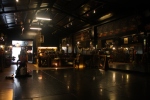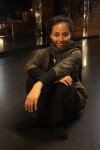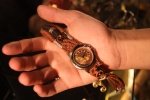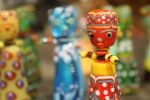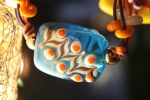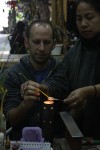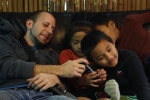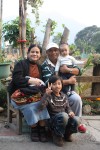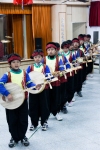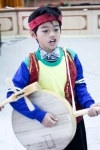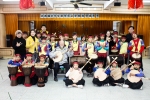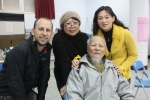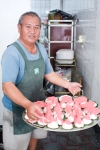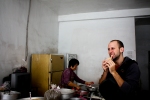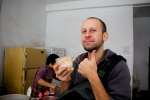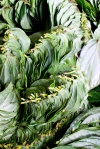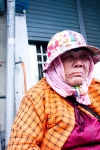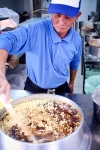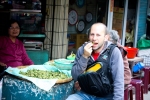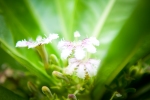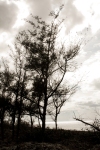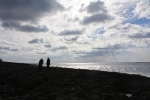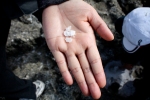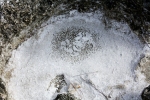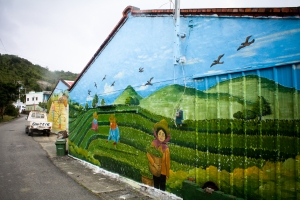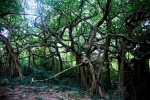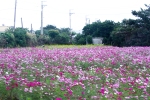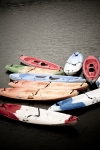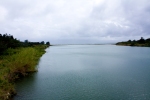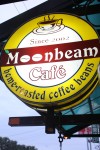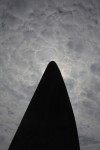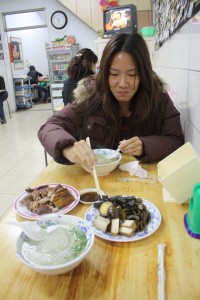You could say that the dancers of Tjimur Dance Theatre are fired to perfection like the glass beads they make. And the analogy works the other way too: the glass beads contain the energy and passion of a nimble dancer’s footsteps.
I arrive in Sandimen on a clear, sunny Tuesday morning. I’m here in search of the “glass beads that dance.” The beads themselves don’t dance, but many of the people who make them do.
As we drive up into the mountains, Tjimur Dance Theatre’s artistic director Luzen Matilin (Liao Yi-hsin) explains the marriage between two very different artistic disciplines in her family: the refined, still beauty of the glass beads, and the expressive motion of modern dance incorporating elements of traditional Paiwan culture.
- The front of the family’s workshop and dance studio
- The dance studio is located right in the middle of the display area, offering a unique interaction between glass beads and dance.
- Artistic Director Luzen Matilin
- This is the warrior bead, or “Mananigai”, which Tjimur Dance Theatre used as inspiration for a recent performance.
- This is a more traditional strand of Paiwan beads.
- The workshop produces modern products like watches as well.
- These glass figurines are popular items at the shop.
- One of the lights in the shop is created from strands of glass beads.
- One of the creations at Shatao
- Raw materials used to create the color in the beads
- One of the artisans guides me in making my own glass bead.
- The little ones are excited to hear their own voices on my recording equipment.
- Galusgus and Shatao with two of their grandchildren
- (From L to R) Dancer Chu-yuan, Choreographer Balu, Luzen and her daughter, and me

